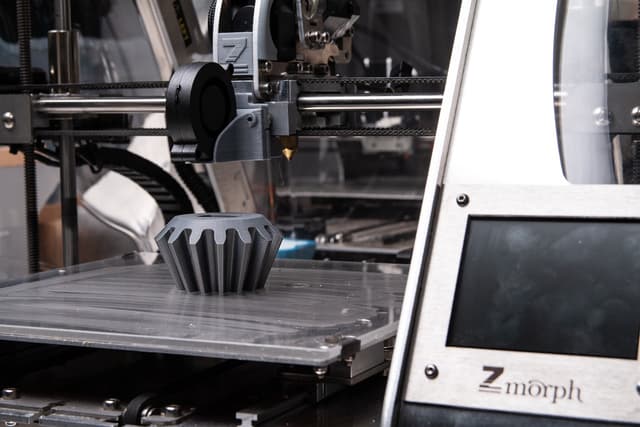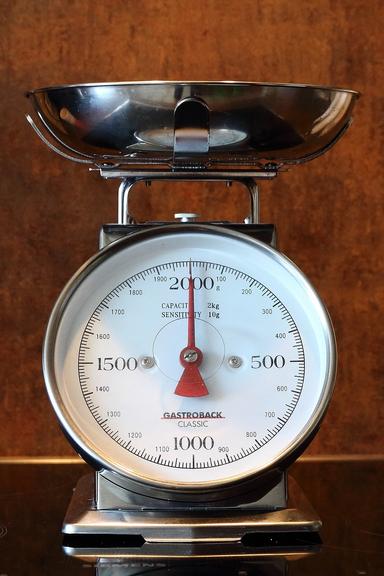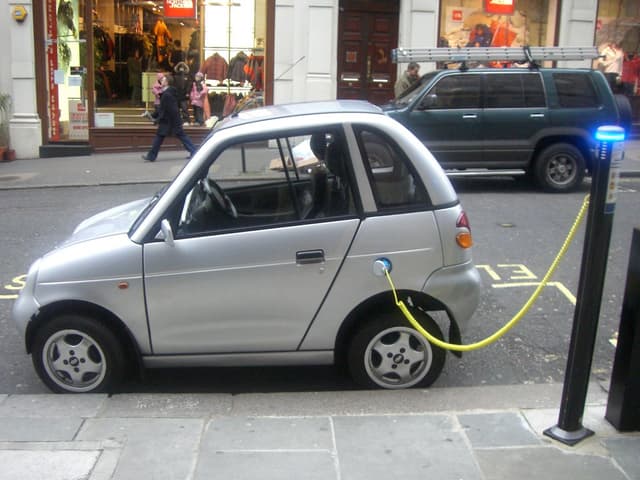Myths about teaching can hold you back
- Year 4
Electrical appliances of the future (non-statutory)
I can invent my own electrical appliance for the future and describe how it would improve our lives.
- Year 4
Electrical appliances of the future (non-statutory)
I can invent my own electrical appliance for the future and describe how it would improve our lives.
These resources will be removed by end of Summer Term 2025.
Switch to our new teaching resources now - designed by teachers and leading subject experts, and tested in classrooms.
These resources were created for remote use during the pandemic and are not designed for classroom teaching.
Lesson details
Key learning points
- Scientists and engineers invent and design electrical appliances to help improve our lives.
- Scientific ideas can be presented using labelled scientific drawings and diagrams.
Keywords
Electricity - Electricity is needed for lighting, heating and making machines and appliances work.
Electrical appliance - An electrical appliance is a device or piece of equipment designed to perform a specific task, which needs electricity to work.
Engineer - An engineer is a person who designs and builds things.
Diagram - A diagram is a simplified drawing of information.
Common misconception
Children may think that an appliance requires batteries and is not an electrical appliance as it is not 'plugged in' for use.
Ensure opportunities for children to consider a range of appliances and how they are powered by electricity to perform a function.
To help you plan your year 4 science lesson on: Electrical appliances of the future (non-statutory), download all teaching resources for free and adapt to suit your pupils' needs...
To help you plan your year 4 science lesson on: Electrical appliances of the future (non-statutory), download all teaching resources for free and adapt to suit your pupils' needs.
The starter quiz will activate and check your pupils' prior knowledge, with versions available both with and without answers in PDF format.
We use learning cycles to break down learning into key concepts or ideas linked to the learning outcome. Each learning cycle features explanations with checks for understanding and practice tasks with feedback. All of this is found in our slide decks, ready for you to download and edit. The practice tasks are also available as printable worksheets and some lessons have additional materials with extra material you might need for teaching the lesson.
The assessment exit quiz will test your pupils' understanding of the key learning points.
Our video is a tool for planning, showing how other teachers might teach the lesson, offering helpful tips, modelled explanations and inspiration for your own delivery in the classroom. Plus, you can set it as homework or revision for pupils and keep their learning on track by sharing an online pupil version of this lesson.
Explore more key stage 2 science lessons from the Simple electrical circuits unit, dive into the full primary science curriculum, or learn more about lesson planning.

Equipment
None essential but images of, and access to, a range of electrical appliances would be useful.
Licence
Prior knowledge starter quiz
6 Questions
Q1.Which of these is a material?
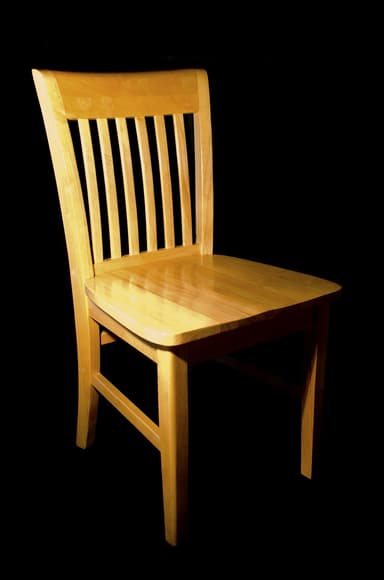
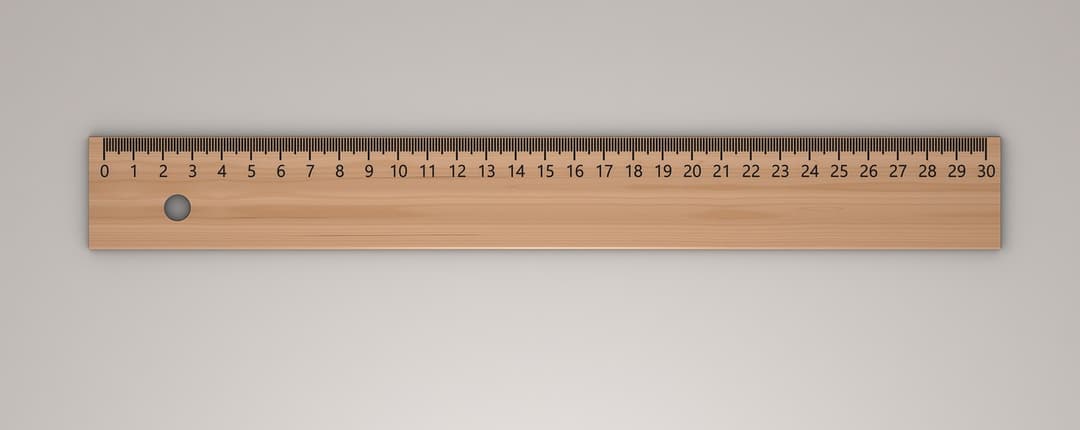
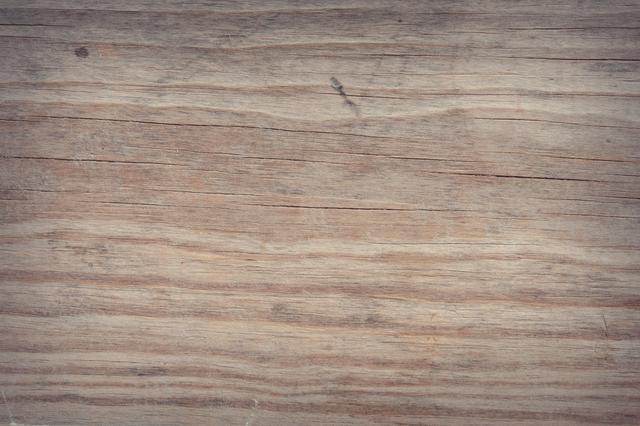
Q2.What material are these toy building bricks made from?
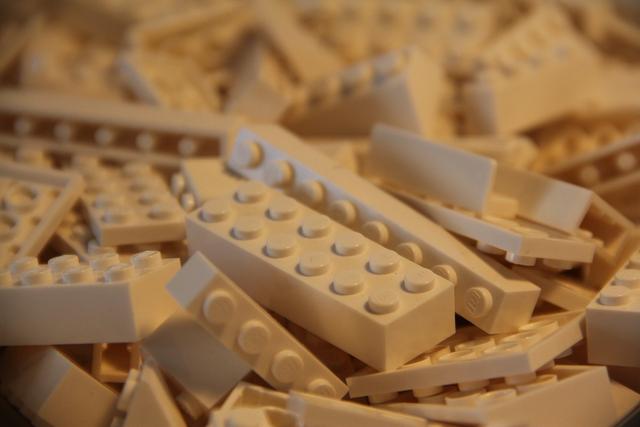
Q3.Scientists and engineers choose materials for particular tasks based on their physical such as whether they are strong, waterproof or flexible.
Q4.An is a device or piece of equipment designed to perform a task or function.
Q5.Match the appliance with how it is powered by electricity.
battery
mains electricity
Q6.Which of these appliances use mains electricity?
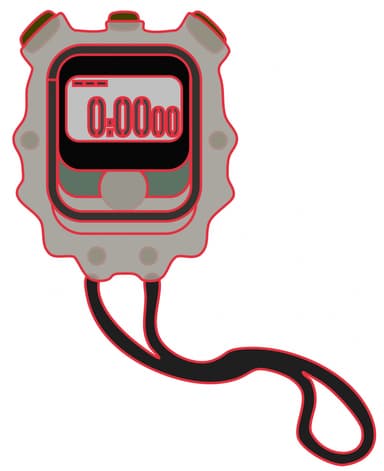
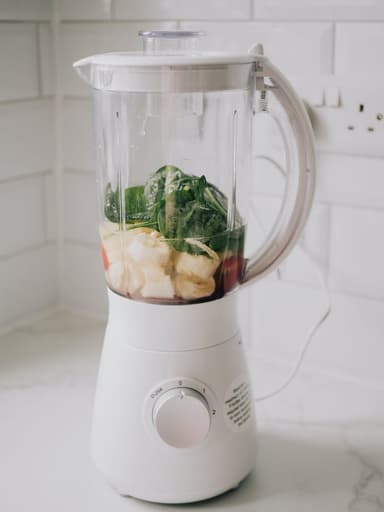
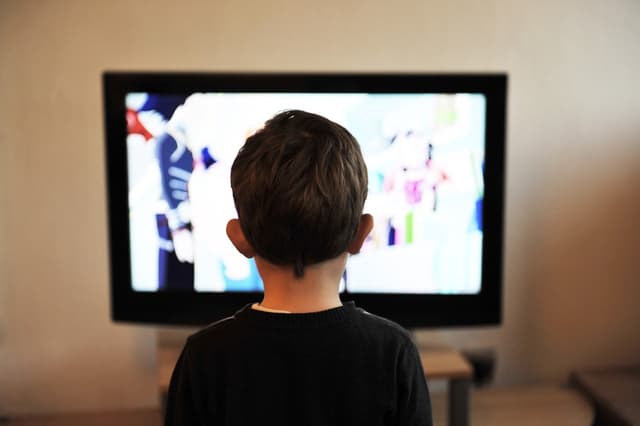

Assessment exit quiz
6 Questions
Q1.Scientists and engineers invent and design electrical . These include televisions, mobile phones and washing machines.
Q2.Why were electrical appliances introduced?
Q3.How have engineers improved mobile phones since the first ones were introduced?
Q4.Which of these are electrical appliances?

